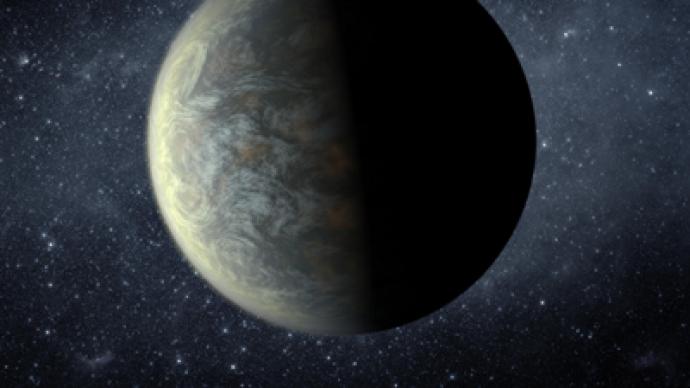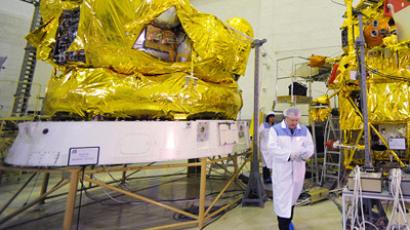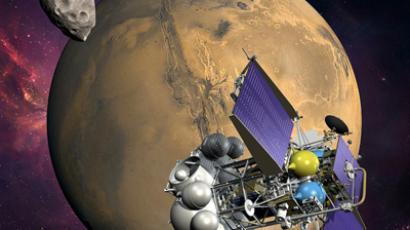Earth not alone: Two more sibling planets orbit Sun-like star

Hot on the heels of the Kepler space telescope’s discovery of the “Earth sibling” Kepler-22b, NASA has announced the discovery of two more planets which appear to be Earth’s close relations – in size, at any rate.
The agency says Kepler-20e and Kepler-20f are the smallest exoplanets orbiting a star that have been found to date. The term “exoplanet” refers to planets outside our Solar system, and every finding of this kind is of great scientific and potentially practical importance, as it increases the chances of finding life-supporting worlds like our own.The scientists behind the discovery believe that both planets are rocky, with a composition of iron and silicate, and may have a thick water-vapor atmosphere. However, despite being very similar to Earth in size – 1.03 and 0.87 the radius for Kepler-20f and Kepler-20e, respectively – they are far too hot to be even potentially habitable. The temperature on the surface of Kepler-20f is an impressive 426ºC, while Kepler-20e is even hotter – 426ºC.The reason for the high temperatures on these planets is that their orbits pass very close to Kepler-20 – their star, which is very similar to the Sun. For the same reason, their orbits are also far shorter, with a “year” on Kepler-20f lasting 19.6 days, and Kepler-20e zipping around its star in just 6.1 days.
Earlier this month, NASA announced the first-ever discovery of an exoplanet orbiting its star in a warm, habitable zone where liquid water could potentially exist on the surface. However, Kepler-22b – the name given to the planet – is 2.4 times bigger than Earth. Its year is about 290 days long, and because its star, Kepler-22, gives about 25 per cent less light than our Sun, scientists suggest that the planet’s temperature may be a comfortable 22ºC. But the nature of the surface of Kepler-22b is unknown. It may prove to be rocky or gaseous, as well as liquid.However, none of these planets can be considered our close neighbors, and the stars they orbit are beyond the reach of any spacecraft likely to be created in the foreseeable future. It would take 600 light years to reach Kepler-22 from Earth, and Kepler-20 is as far as 945 light years away.Nevertheless, it is difficult to overestimate the importance of these latest findings.“It is the first time humanity has been able to discover an object similar to the Earth orbiting around a star, so maybe we will be able to find others,” MailOnline quoted Dr. Francois Fressin, one of the astronomers from the Harvard-Smithsonian Center for Astrophysics in the US, as saying. “This could be an important milestone.”













